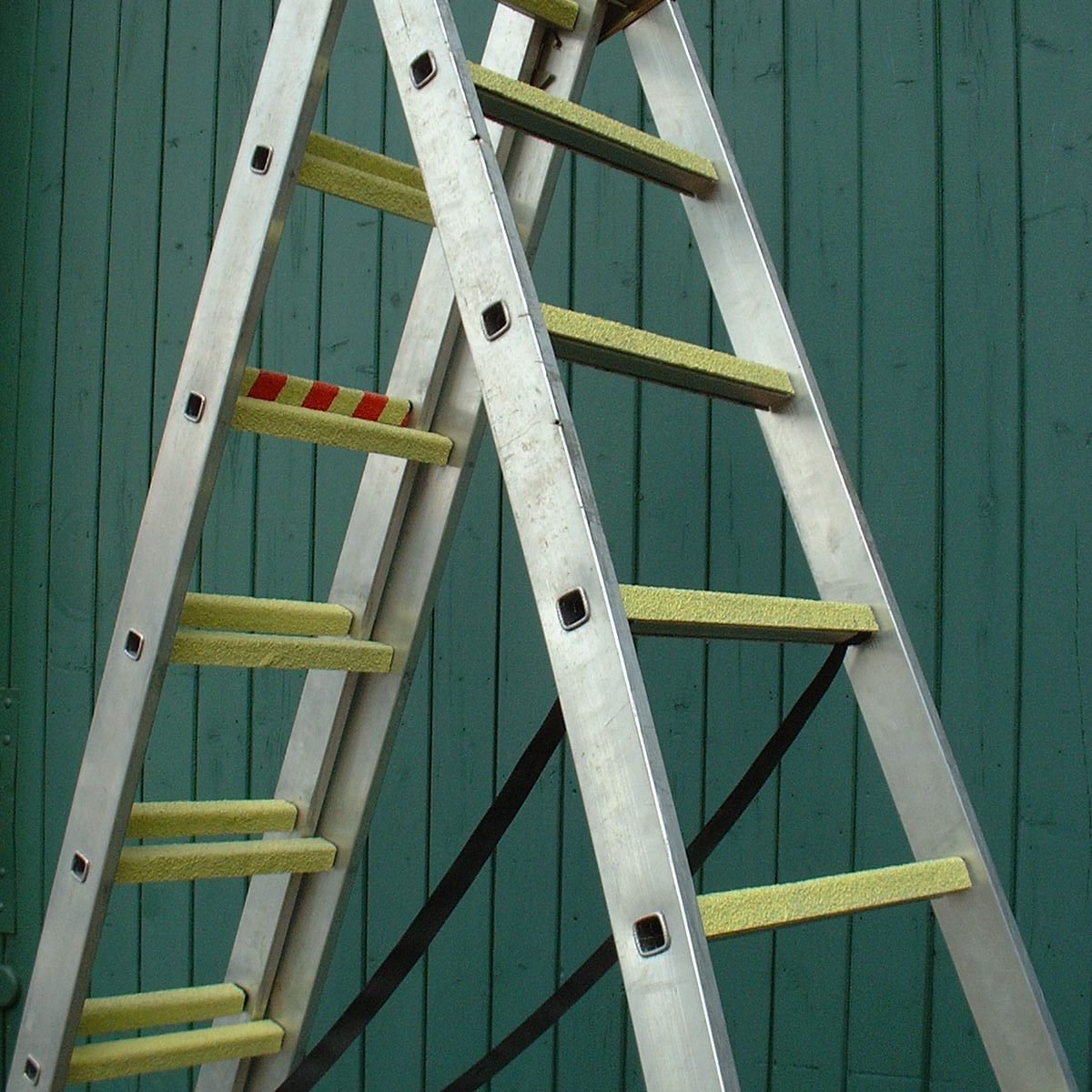

Articles
What Is A Rung Of A Ladder
Modified: February 17, 2024
Learn the definition and significance of a rung of a ladder in this comprehensive article. Find out how rungs contribute to ladder stability and safe climbing.
(Many of the links in this article redirect to a specific reviewed product. Your purchase of these products through affiliate links helps to generate commission for Storables.com, at no extra cost. Learn more)
Introduction
When it comes to tools and equipment used in various industries, the humble ladder is undoubtedly one of the most essential. Whether it’s for construction work, home maintenance, or firefighting, ladders play a vital role in reaching heights and accessing areas that would otherwise be difficult or impossible to reach. However, have you ever wondered what makes a ladder sturdy and safe to climb? That’s where the rungs of a ladder come into play.
In this article, we will delve into the fascinating world of ladder rungs. We will explore their definition, their role in ladder structure, the materials used to make them, their purpose and function, safety considerations, and how to properly maintain and inspect ladder rungs. So let’s climb up and discover what ladder rungs are all about!
Key Takeaways:
- Ladder rungs are the horizontal crosspieces that provide stability and grip for climbers. They play a critical role in ladder safety, and proper maintenance and inspection are essential to ensure their effectiveness.
- Choosing high-quality materials, ensuring secure attachment, and following safety guidelines are crucial for ladder rung maintenance. Regular inspections and adherence to safety considerations help mitigate the risk of accidents.
Read more: What Are The Rungs Of A Ladder
Definition of a Rung
A rung refers to the horizontal crosspiece that connects the vertical sides or rails of a ladder. It serves as the steps or footholds on which you place your feet as you ascend or descend the ladder. Rungs are typically evenly spaced along the length of the ladder, creating a secure and stable stepping surface.
The width of ladder rungs can vary depending on the ladder’s purpose and design. However, they are typically wide enough to accommodate the average person’s foot, providing a comfortable and secure foothold.
It’s important to note that the term “rung” is specific to ladder structures. In other contexts, such as the rungs of a DNA ladder or the rungs of a chair, the term is used to describe similar horizontal crosspieces or supports.
Ladder rungs are designed to withstand the weight and impact of the user while maintaining stability and ensuring their safety. They play a crucial role in ladder construction, offering a reliable means of climbing and working at elevated heights.
Structure of a Ladder
A ladder consists of several components that work together to create a stable and functional structure. Understanding the basic structure of a ladder can help you grasp the importance of ladder rungs within this framework.
The two main components of a ladder are the rails and the rungs. The rails are the vertical sides of the ladder that provide the main support and stability. They are connected by the rungs, which are the horizontal crosspieces we discussed earlier. The rungs are securely fixed between the rails, creating a ladder structure that can withstand the weight and movement of a person climbing it.
Although the specific design may vary depending on the type of ladder, most ladders have a similar structure. For instance, extension ladders consist of two separate sections that can be extended and locked in place. Step ladders, on the other hand, feature an A-frame structure with rungs fixed between the two sides.
In addition to the rails and rungs, ladders often include other components to enhance safety and usability. These may include spreader bars, which keep the ladder in an open position, and safety feet or shoes, which provide grip and traction on different surfaces.
Ladder rungs are strategically placed along the rails to create a stable stepping surface. The rungs are typically evenly spaced, ensuring that climbers have a reliable foothold as they ascend or descend the ladder. The spacing between rungs is designed to be comfortable for users, allowing them to maintain balance and stability while climbing.
Overall, the structure of a ladder, including the rails and rungs, is designed to provide a safe and reliable means of reaching elevated heights. The rungs play a crucial role in this structure, supporting the weight of the climber and ensuring a secure foothold throughout the ladder’s length.
Materials Used for Ladder Rungs
Ladder rungs are constructed from a variety of materials, each chosen for its durability, strength, and resistance to wear and tear. The choice of material depends on factors such as the ladder’s intended use, load capacity requirements, and the environment in which it will be used. Let’s explore some commonly used materials for ladder rungs:
- Wood: Wood has been a traditional choice for ladder rungs due to its natural strength and availability. Hardwoods such as oak, ash, or maple are often used for their durability and resistance to splitting. Wood rungs provide a comfortable grip and can be easily replaced if damaged.
- Metal: Metal rungs, such as steel or aluminum, are commonly used in industrial or heavy-duty ladders. Steel rungs offer exceptional strength and resistance to heavy loads, making them suitable for construction sites or industrial applications. Aluminum rungs are lightweight yet sturdy with excellent corrosion resistance, making them ideal for portable ladders.
- Fiberglass: Fiberglass ladder rungs are known for their non-conductive properties, making them a popular choice for electricians or anyone working with electrical equipment. Fiberglass rungs are lightweight, resistant to impact and weathering, and provide a high level of safety when working near electrical hazards.
- Plastic: Plastic or polymer rungs are often used in lightweight or portable ladders. They are known for their corrosion resistance, low maintenance requirements, and affordability. Plastic rungs may not offer the same level of durability as other materials but are suitable for household or light-duty use.
- Composite: Composite rungs are a combination of different materials, such as fiberglass and resin. They provide a balance of strength, durability, and non-conductive properties while being lightweight and resistant to weathering. Composite rungs are commonly used in professional-grade ladders.
It’s important to choose ladder rungs made from high-quality materials that can withstand the intended use and environmental conditions. Regular inspections and maintenance should be conducted to ensure the rungs remain in good condition and free from any defects or signs of wear.
Ultimately, the choice of ladder rung material depends on several factors, including the ladder type, load capacity, safety requirements, and personal preferences of the user. Proper selection and maintenance of ladder rungs contribute to the overall safety and longevity of the ladder.
When climbing a ladder, always make sure to step on the rungs, not the side rails, for stability and safety. The rungs are designed to support your weight while the side rails are not.
Purpose and Function of Rungs
Ladder rungs serve a critical purpose in the overall functionality and safety of a ladder. Let’s delve into the purpose and function of ladder rungs in greater detail:
1. Providing a Stepping Surface: The primary function of ladder rungs is to provide a secure stepping surface for users. They serve as the footholds on which climbers place their feet as they ascend or descend the ladder. The rungs are designed to be wide enough to accommodate the average person’s foot comfortably, ensuring stability and balance during use.
2. Creating Stability: The evenly spaced rungs along the ladder’s length contribute to the ladder’s overall stability. By providing multiple points of contact, ladder rungs distribute the weight of the climber and reduce the risk of wobbling or tipping. This stability is crucial for ensuring the safety of the user, particularly when working at elevated heights.
3. Facilitating Climbing: Ladder rungs play a vital role in facilitating safe and efficient climbing. They provide climbers with a series of footholds that enable them to ascend or descend the ladder with ease. The rungs are strategically positioned to allow for natural and comfortable movement, reducing the strain on the user’s legs and maintaining a steady pace of ascent or descent.
4. Enhancing Grip: The surface of ladder rungs is designed to provide a reliable grip for climbers. Whether made of wood, metal, or other materials, ladder rungs are typically textured or ribbed to prevent slipperiness and enhance traction. This texture ensures that users can maintain a firm grip on the ladder rungs, even when wearing gloves or working in wet or slippery conditions.
5. Supporting Weight: Ladder rungs are constructed to withstand the weight and impact of the climber. They are designed to support the load-bearing capacity specified for the ladder. The choice of material and construction method ensures that ladder rungs can endure the forces exerted by the climber, providing a secure and stable platform for working at elevated heights.
6. Enabling Platform Extension: In extension ladders, rungs also serve the function of allowing for the extension and locking of ladder sections. By connecting the rails of the ladder, the rungs enable the ladder to be extended to various lengths, providing flexibility for reaching different heights.
The purpose and function of ladder rungs revolve around their role in ensuring the stability, safety, and usability of the ladder. They create a secure stepping surface, distribute weight and forces, and facilitate efficient climbing. Proper selection, maintenance, and inspection of ladder rungs are crucial to ensure their effectiveness and minimize the risk of accidents.
Read more: What Is Ladder Rungs
Safety Considerations for Ladder Rungs
Ensuring the safety of ladder users is of utmost importance. Here are some key safety considerations to keep in mind when it comes to ladder rungs:
1. Material Strength and Integrity: It is crucial to choose ladder rungs made from high-quality materials that can withstand the intended load and usage. Regularly inspect the rungs for any signs of wear, damage, or weakness, such as cracks, splinters, or corrosion. Replace any damaged or compromised rungs promptly to maintain the ladder’s stability and prevent accidents.
2. Secure Attachment: The rungs should be securely attached and fastened to the ladder’s rails. Inspect the connections between the rungs and rails to ensure they are tight and free from any looseness or movement. Loose or improperly attached rungs can compromise the ladder’s stability and pose a safety risk.
3. Proper Spacing: The spacing between ladder rungs plays a significant role in user safety. Ensure that the rungs are evenly spaced along the ladder’s length to provide a comfortable and secure foothold. Improperly spaced rungs can cause instability and make it challenging to maintain balance while climbing.
4. Anti-Slip Surface: The surface of ladder rungs should have an anti-slip feature, such as a textured or ribbed pattern. This helps to enhance grip and traction, especially when working in wet or slippery conditions. Clean the rungs regularly to remove any dirt, debris, or substances that may affect the slip-resistant properties.
5. Weight Capacity: Ladder rungs are designed to support a specific weight capacity. It is essential to adhere to the ladder’s load-bearing limits and ensure that the rungs can accommodate the weight of the user and any equipment or materials being carried. Overloading the ladder can lead to rung failure and cause accidents.
6. Proper Climbing Technique: Users should be trained in proper ladder climbing techniques to minimize the risk of falls or accidents. Ascend and descend the ladder facing the ladder and maintain three points of contact (two hands and one foot, or two feet and one hand) at all times. Do not skip rungs or climb too quickly, as it may lead to loss of balance and potential injuries.
7. Stability and Positioning: Ensure that the ladder is set up on a stable and level surface, and the ladder feet or shoes are securely positioned. Ladder rungs alone cannot provide stability if the ladder itself is not properly positioned. Use appropriate ladder accessories, such as stabilizers or levelers, to improve stability and prevent ladder movement during use.
8. Regular Maintenance and Inspection: Regularly inspect the ladder rungs, along with the entire ladder, for any signs of damage, wear, or defects. This includes checking for loose rungs, worn out or damaged surfaces, and any missing or broken parts. Schedule routine maintenance, cleaning, and lubrication to keep the ladder in optimal condition.
By adhering to these safety considerations, ladder users can ensure the integrity and functionality of ladder rungs, resulting in a safer climbing experience and reducing the risk of accidents or injuries.
Maintenance and Inspection of Ladder Rungs
Proper maintenance and regular inspection of ladder rungs are essential for ensuring their safety and longevity. Here are some important guidelines to follow:
1. Clean the Rungs: Keep ladder rungs clean and free from any dirt, debris, or substances that can affect grip and traction. Use a mild detergent and water to clean the rungs, and avoid using harsh chemicals that can damage the surface or degrade the material.
2. Regularly Inspect for Damage: Conduct routine inspections of ladder rungs to check for any signs of wear, damage, or weakness. Look for cracks, splinters, corrosion, or any other visible defects. If you notice any issues, promptly replace the damaged rungs to prevent accidents.
3. Check Attachment Points: Ensure that the rungs are securely attached and fastened to the ladder’s rails. Check the connections between the rungs and rails to ensure they are tight and free from any looseness or movement. If you notice any wobbling or loose rungs, tighten the connections or seek professional assistance to address the issue.
4. Evaluate Weight Capacity: Make sure that ladder rungs can support the intended load. Check the ladder’s weight capacity rating and ensure that it aligns with the weight of the user and any equipment or materials being carried. Overloading the ladder can put excessive stress on the rungs and compromise their integrity.
5. Examine Surface Conditions: Check the surface of ladder rungs for any signs of wear or damage. Inspect for smooth, worn-out surfaces or areas with excessive friction. These conditions can impact grip and traction and increase the risk of slips or falls. If necessary, refinish or replace the rungs to maintain their anti-slip properties.
6. Inspect Rung Placement: Ensure that ladder rungs are evenly spaced along the ladder’s length. Improper spacing can affect stability and make it difficult to maintain balance while climbing. If you notice any rungs that are not properly aligned, adjust or replace them to maintain consistent spacing.
7. Consider Environmental Factors: Take into account the environmental conditions in which the ladder is used. Extreme temperatures, exposure to chemicals, UV radiation, or other harsh elements can degrade ladder rungs over time. Select rung materials that are suitable for the specific environment and take appropriate measures to protect them if needed.
8. Schedule Regular Maintenance: Establish a routine maintenance schedule for the ladder, including the inspection and maintenance of ladder rungs. Perform regular checks to identify and address any issues promptly. This helps to prevent bigger problems from arising and ensures the ladder remains in safe working condition.
9. Follow Manufacturer Guidelines: Always refer to the ladder manufacturer’s instructions and guidelines for specific maintenance and inspection recommendations. They may provide additional insights and recommendations tailored to the ladder’s design and materials.
By following these maintenance and inspection practices, ladder users can ensure that the rungs remain in optimal condition, promoting safety and extending the lifespan of the ladder.
Conclusion
In conclusion, ladder rungs play a crucial role in the construction, functionality, and safety of ladders. They provide a secure stepping surface, distribute weight and forces, enhance grip and stability, and allow climbers to ascend or descend with confidence.
Understanding the importance of ladder rungs allows users to appreciate the significance of proper maintenance, regular inspection, and adherence to safety guidelines. Choosing high-quality materials, ensuring secure attachment, maintaining cleanliness, and evaluating weight capacity are essential aspects of maintaining ladder rungs and overall ladder safety.
Regular inspections help identify any signs of wear, damage, or defects in ladder rungs, allowing for prompt repair or replacement. Taking into consideration environmental factors, following manufacturer guidelines, and practicing safe climbing techniques are additional steps to ensure the longevity and safe use of ladder rungs.
By prioritizing ladder safety, including the maintenance and inspection of ladder rungs, ladder users can mitigate the risk of accidents, enhance workplace or home safety, and promote a secure working environment.
So, the next time you climb a ladder, take a moment to appreciate the essential role that ladder rungs play. Stay safe, follow the guidelines, and enjoy the benefits of accessing new heights with confidence!
Frequently Asked Questions about What Is A Rung Of A Ladder
Was this page helpful?
At Storables.com, we guarantee accurate and reliable information. Our content, validated by Expert Board Contributors, is crafted following stringent Editorial Policies. We're committed to providing you with well-researched, expert-backed insights for all your informational needs.
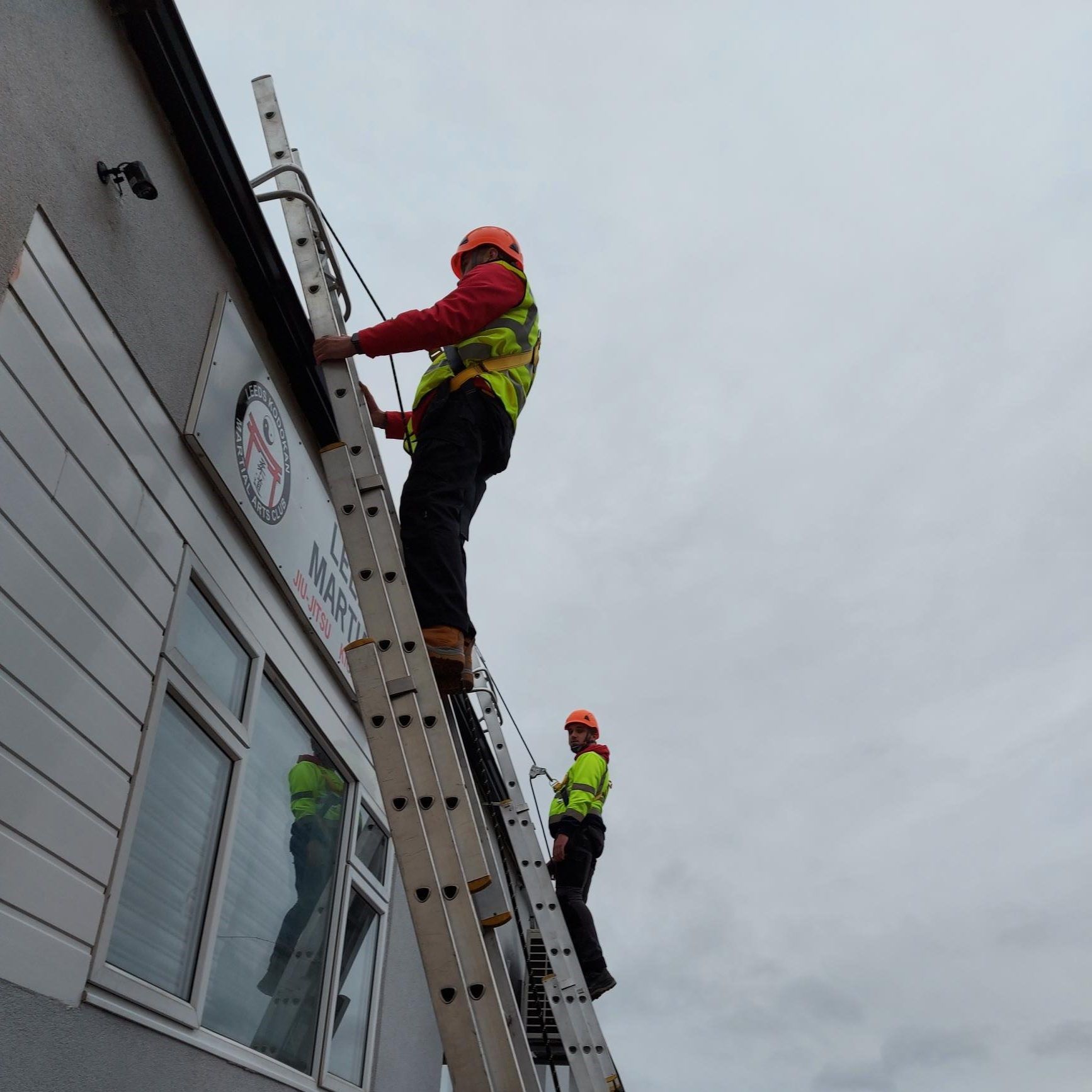
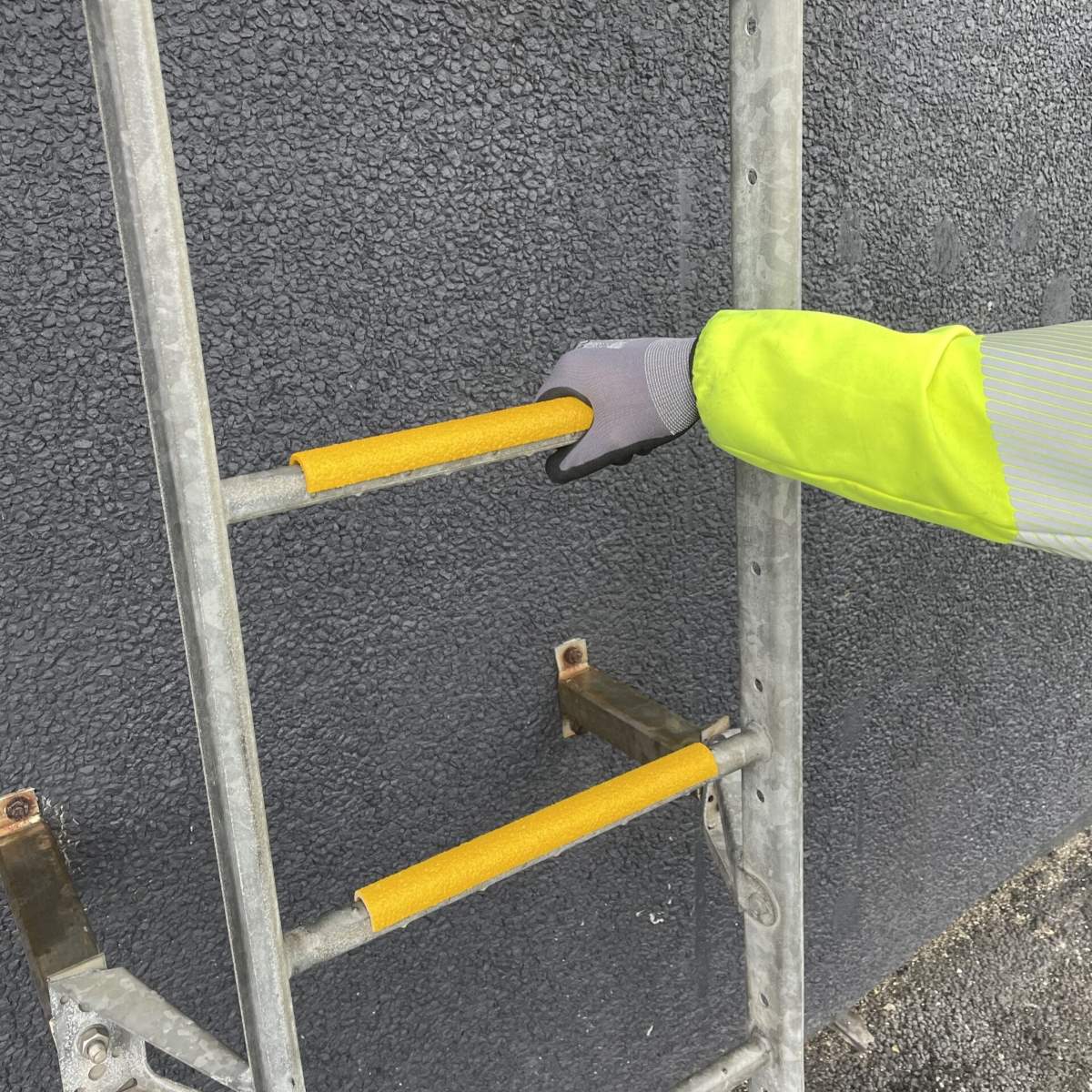

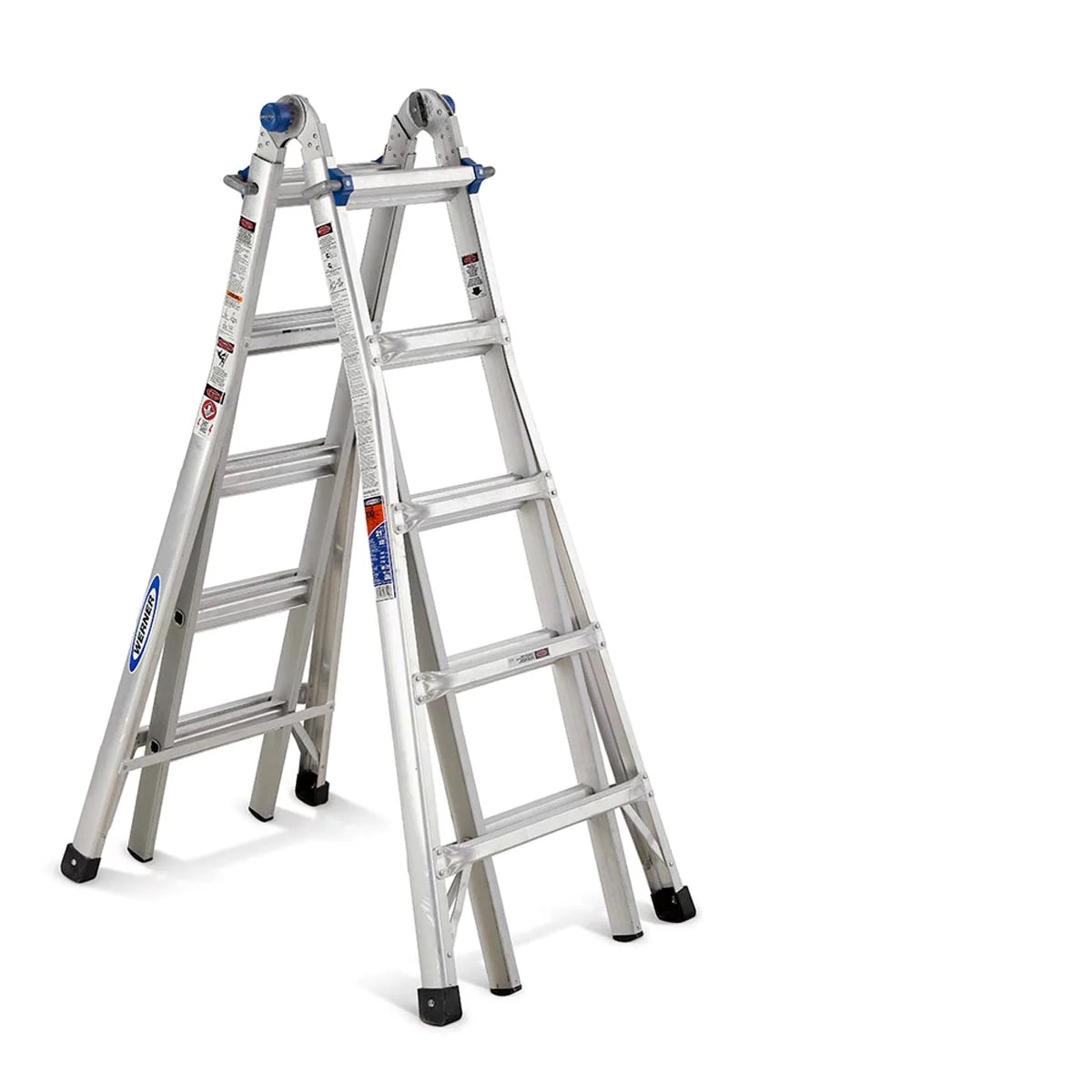


0 thoughts on “What Is A Rung Of A Ladder”